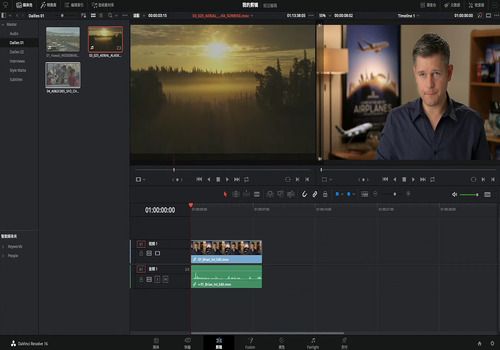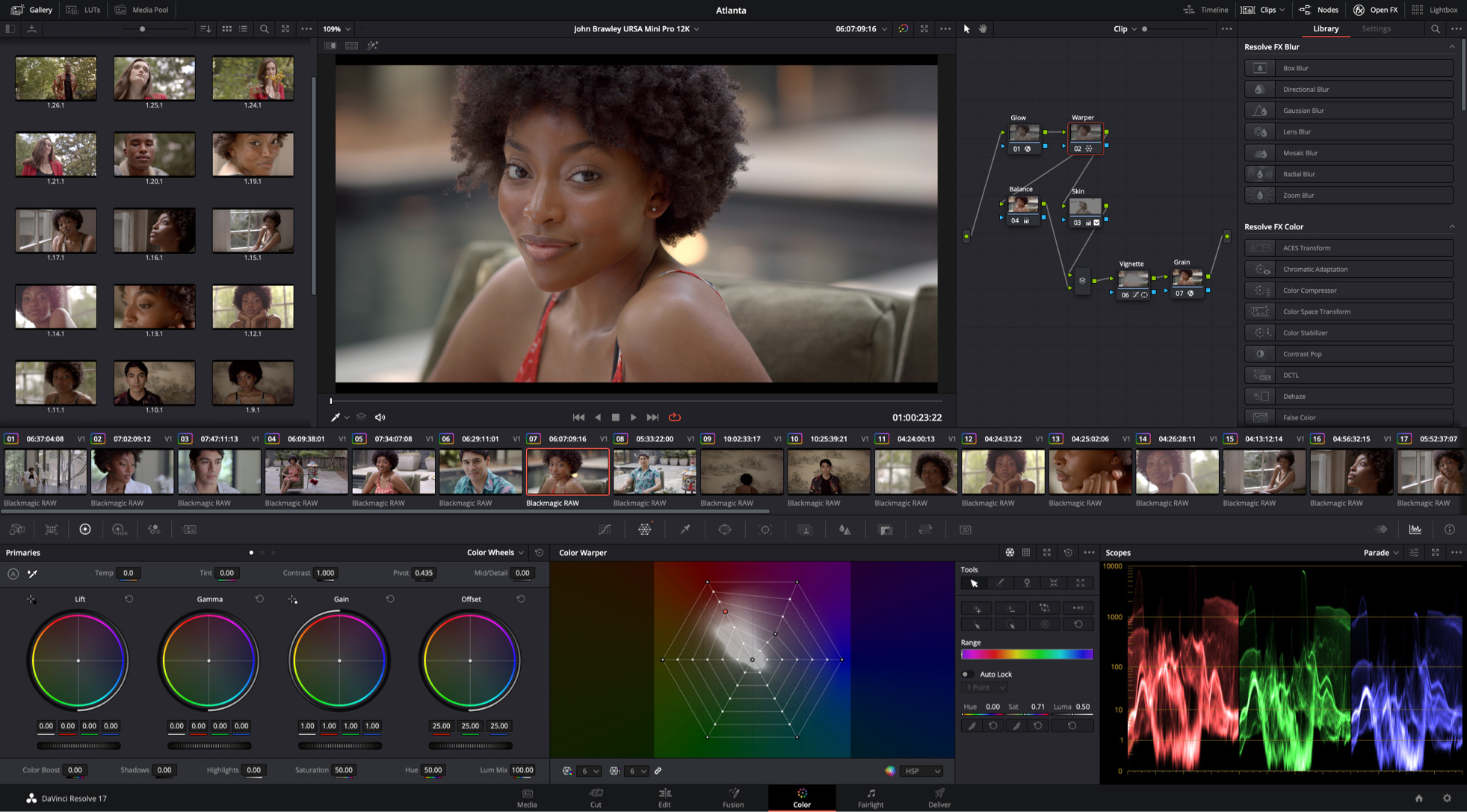

Most general grading and effects can also be carried out at a lower resolution than your intended final output. If you want really fast performance you could set your project to 1280x720, for example, ensuring ultra-smooth performance on the vast majority of modern machines. One of the most important things to understand about DaVinci Resolve is that it is resolution agnostic, so changing the project resolution setting in this way is not baked-in and doesn't affect your footage in any way.


So when it comes to speeding up playback, setting the project to a lower resolution, even on a powerful machine, is an often overlooked step that can make a huge difference. Right now, 4K and higher resolutions are more common than ever before, but actually editing on a 4K or higher timeline isn't the most efficient use of your computer's processing powers. Luckily DaVinci Resolve has quite a few features built into it that have been designed to make your life easier, so here's a breakdown of techniques you can use to make your timeline fly. Even if you are lucky enough to own one of the fastest computers around, once you start to layer on specific effects, even they can slow down or stutter on playback. Not everybody has a new M1 Pro/Max Mac or a custom-built editing PC that can chew through footage at a rate of knots. Here are several methods to make DaVinci Resolve playback as smooth as butter. Even the most powerful computer can suffer playback issues when many effects are applied.


 0 kommentar(er)
0 kommentar(er)
